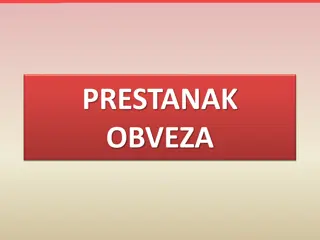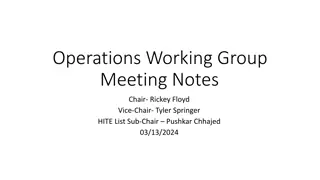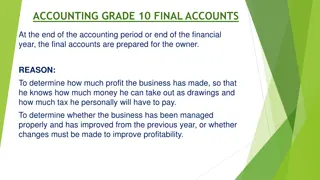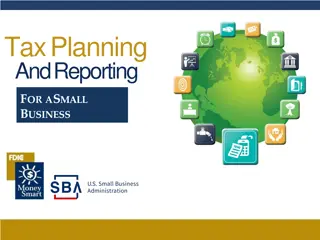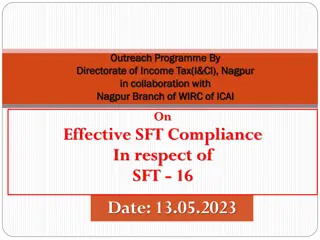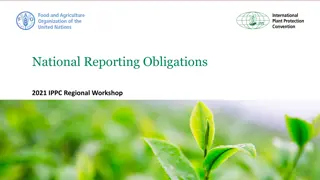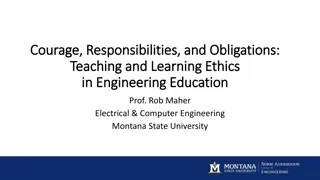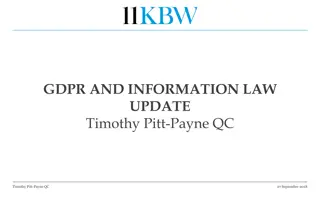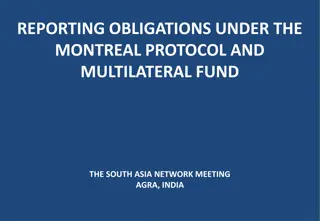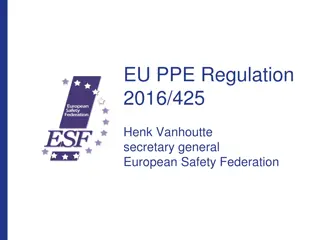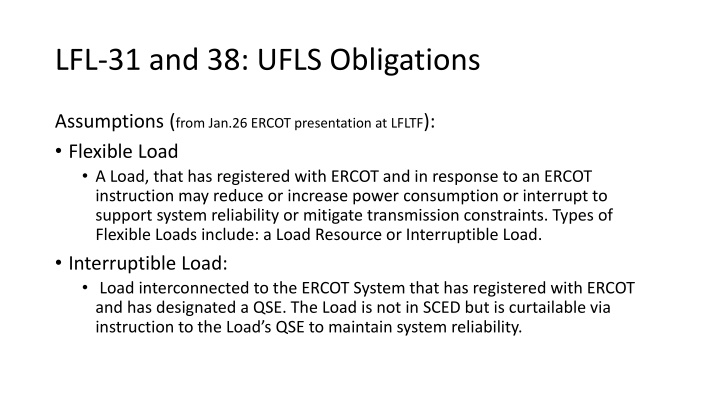
UFLS Obligations and Assumptions in ERCOT
Explore the obligations and assumptions related to Flexible Load and Interruptible Load in ERCOT, including registration processes and system reliability support. Learn about UFLS compliance requirements and load shedding scenarios to ensure grid stability.
Download Presentation

Please find below an Image/Link to download the presentation.
The content on the website is provided AS IS for your information and personal use only. It may not be sold, licensed, or shared on other websites without obtaining consent from the author. If you encounter any issues during the download, it is possible that the publisher has removed the file from their server.
You are allowed to download the files provided on this website for personal or commercial use, subject to the condition that they are used lawfully. All files are the property of their respective owners.
The content on the website is provided AS IS for your information and personal use only. It may not be sold, licensed, or shared on other websites without obtaining consent from the author.
E N D
Presentation Transcript
LFL-31 and 38: UFLS Obligations Assumptions (from Jan.26 ERCOT presentation at LFLTF): Flexible Load A Load, that has registered with ERCOT and in response to an ERCOT instruction may reduce or increase power consumption or interrupt to support system reliability or mitigate transmission constraints. Types of Flexible Loads include: a Load Resource or Interruptible Load. Interruptible Load: Load interconnected to the ERCOT System that has registered with ERCOT and has designated a QSE. The Load is not in SCED but is curtailable via instruction to the Load s QSE to maintain system reliability.
LFL-31 and 38: UFLS Obligations Assumptions: LFL s will Register with ERCOT as: Firm or Flexible/Interruptible Load Controllable Load Resource or, Load Resource (ERS, Ancillary Services) LFL will assume UFLS Obligation for 100% of Load (Firm/Flexible) Registers with Texas RE as Distribution Provider (DP) UFLS Only Subject to NERC/TRE audits Risk based, typically 6+ years. Subject to ERCOT Annual Survey Turn in report of percentages for each frequency level. Spring Testing/compliance the obligation of QSE/LFL/ERCOT At a minimum, ensure they have a scheme in place QSE responsibility to ERCOT
LFL-31 and 38: UFLS Obligations The UFLS obligation should belong to the LFL for compliance (i.e., 5-10-10) The 5-10-10 is applicable to 25% of site load. Design so that the load is not shed at the transmission level breaker or that the load shed is not excessively above each step requirement. ERCOT may require P.E. attestation for correct installation of breakers provided to ERCOT and TO. LFL UFLS requirement will not be in the denominator for TO load shed obligation. Above would apply unless the Transmission Operator assumes the UFLS obligation Details of responsibility defined in Facilities Extension Agreement (FEA) or Interconnection Agreement (IA)
LFL-31 and 38: UFLS Obligations Summary: 1. Simple Implementation 2. Implement UFLS Loadshed in similar fashion that operators have been trained on. 3. Ensure LFL are shed Automatically in steps aligned with Firm load UFLS. Important that the Load does not curtail 25% of its load at one time.
UFLS example on an LFL site 6895 Frequency Threshold LFL Load Relief 5000 5500 5800 6000 6800 59.3 Hz At least 5% of the LFL Load A total of at least 15% of the LFL Load 58.9 Hz A total of at least 25% of the LFL Load 58.5 Hz - LD-1 LD-6 10% UFLS LD-2LD-3 5% UFLS LD-4 10% UFLS LD-5 Total 25% UFLS H 5




